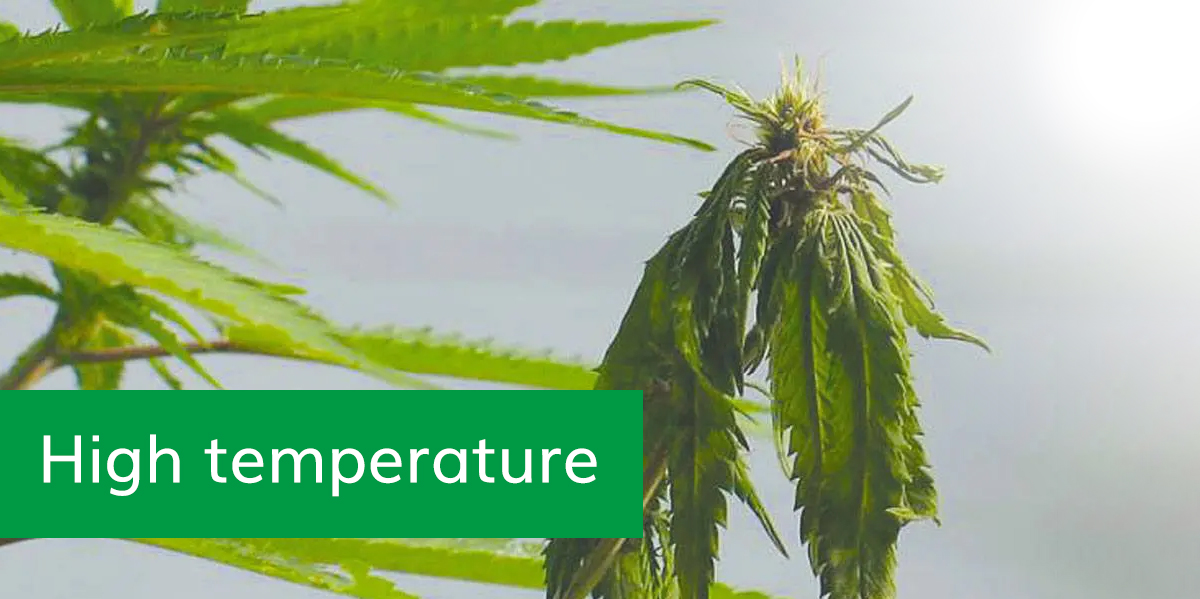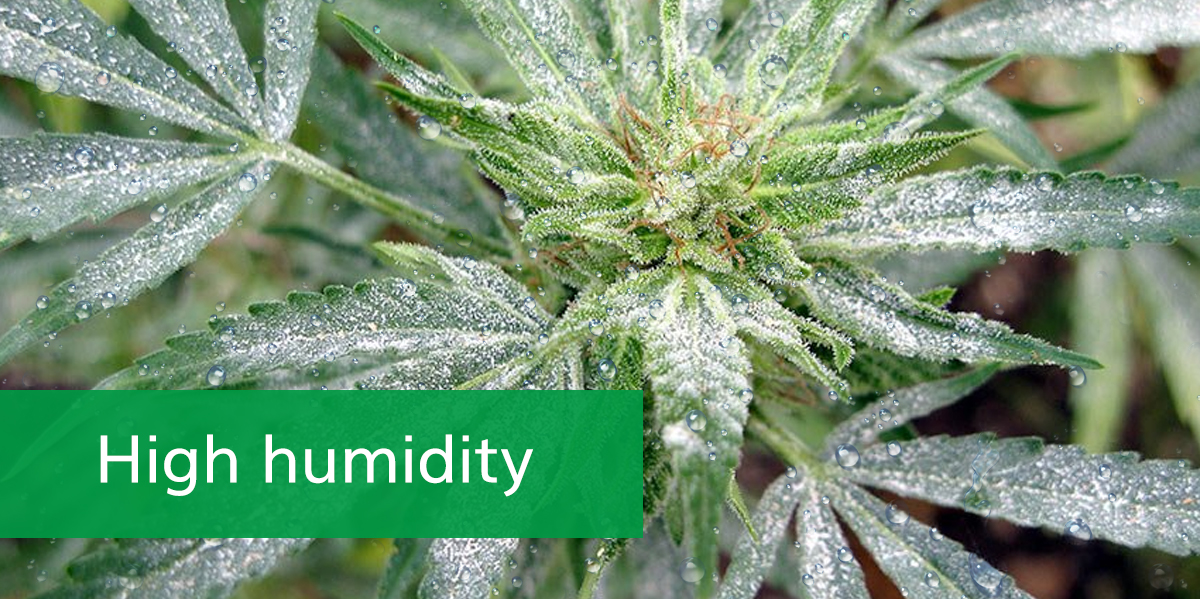In the world of cannabis farming, there are two eternal spoilers: temperature and humidity. These two are like annoying distant relatives who always appear at inconvenient times.
You might not desire to confront them, but you must handle it. During the flowering stage of your cannabis plant, it's important to be cautious. These two pests can ruin all the excitement and anticipation of this time if you're not careful.
You've probably carefully planned everything, from light to nutrition, with every detail in order. People often forget to control temperature and humidity. People only notice when plants do not grow well or when flowers are not good quality. These small details are important for plant growth and flower quality.
Maintaining the right temperature and humidity levels is crucial for the health and development of your cannabis plants. Too much heat can cause stress and stunted growth, while high humidity levels can lead to mold and mildew issues. On the other hand, low temperatures can slow down growth and affect the overall quality of your flowers.
To help your plants grow well and produce good results during flowering, monitor and control key factors like light and water. By watching and managing these factors, you can make sure your plants grow well during the flowering stage. This will help you achieve great results in the end.
Avoid allowing pests to destroy your diligent efforts. Stay vigilant and monitor temperature and humidity levels in your grow space to prevent problems. Your plants will thank you for it with healthy, vibrant flowers that are sure to impress.
The effect of room temperature
Flowers bloom best when the temperature is between 20°C and 26°C. This temperature range is similar to a pleasant spring day.
Neither too warm nor too chilly for the blossoms to flourish. High temperatures dry out plants, extend the flowering time, and reduce the amount and quality of the harvest. If it's too cold, plants act like they're in winter, slowing down their metabolism and not wanting to bloom.

Effect of humidity
Maintaining the right temperature is crucial for the overall health and growth of your plants. Monitoring the temperature regularly and making adjustments as needed is important to ensure that your plants are thriving.
In addition to temperature, humidity levels also play a significant role in plant growth. Too much humidity can lead to mold and mildew, while too little can cause plants to dry out.

Finding the right balance is key to creating the perfect environment for your plants to flourish. By paying attention to these small details, you can help your plants reach their full potential and produce beautiful, healthy flowers.
Ideally, you should keep humidity between 40% and 50%, as it is another mercurial factor. High humidity can cause mold on marijuana plants, like in a rainforest. Low humidity, like in a desert, makes water evaporate too fast, affecting plant growth. Growers must carefully control the environment where cannabis grows, like adjusting an air conditioner.
Practical advice
Temperature Control: A reliably installed temperature control system. No requirement exists for sophisticated NASA equipment. Just use a regular thermometer with an air conditioner or antenna to get the job done. At night, lower the temperature for the plants to cool off, similar to sleeping with open windows in summer.
Adjust humidity: Use a dehumidifier when it's humid and a humidifier when it's dry to maintain a comfortable environment. To keep your plants healthy, use a fan or open a window to circulate the air. This will prevent them from getting sick because of a lack of fresh air.
Check temperature and humidity often to make sure they're right for growing cannabis. By controlling these factors, growers can help prevent issues such as mold, mildew, and pests from affecting their plants. Additionally, proper air circulation is crucial for promoting healthy growth and preventing stagnant air from causing problems.
In addition to temperature and humidity control, growers should also consider other environmental factors such as lighting and nutrients. Providing the right amount of light and nutrients is essential for maximizing the growth and yield of cannabis plants. Growers can improve plant growth and bud quality by creating the ideal environment and considering all factors.
Check and change: Buy a thermometer and hygrometer to know how your cannabis plants are feeling constantly. Observe the plant for indications of perspiration or trembling. This will assist you in determining if it's excessively warm or chilly. If it is, make adjustments to the conditions accordingly.
Make sure to also regularly check the soil moisture levels to ensure your plants are getting the right amount of water. Overwatering can lead to root rot, while underwatering can cause wilting and nutrient deficiencies. Striking the right balance is important to keep your plants thriving.
Additionally, inspect your plants for any signs of pests or diseases. Early detection is key to preventing any issues from spreading and causing harm to your plants. By staying vigilant and proactive, you can ensure your cannabis plants stay healthy and happy throughout their growth cycle.
For more tips on helping your plants grow or if you are interested in growing lights, click the box below. Contact us for more information. We have the most professional team to provide you with personalized solutions to make your planting life more exciting.























